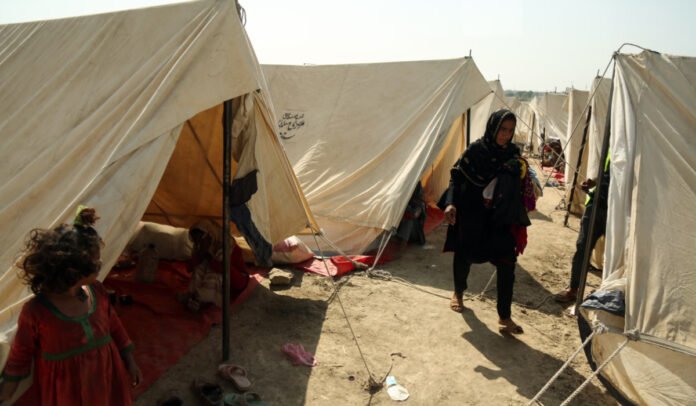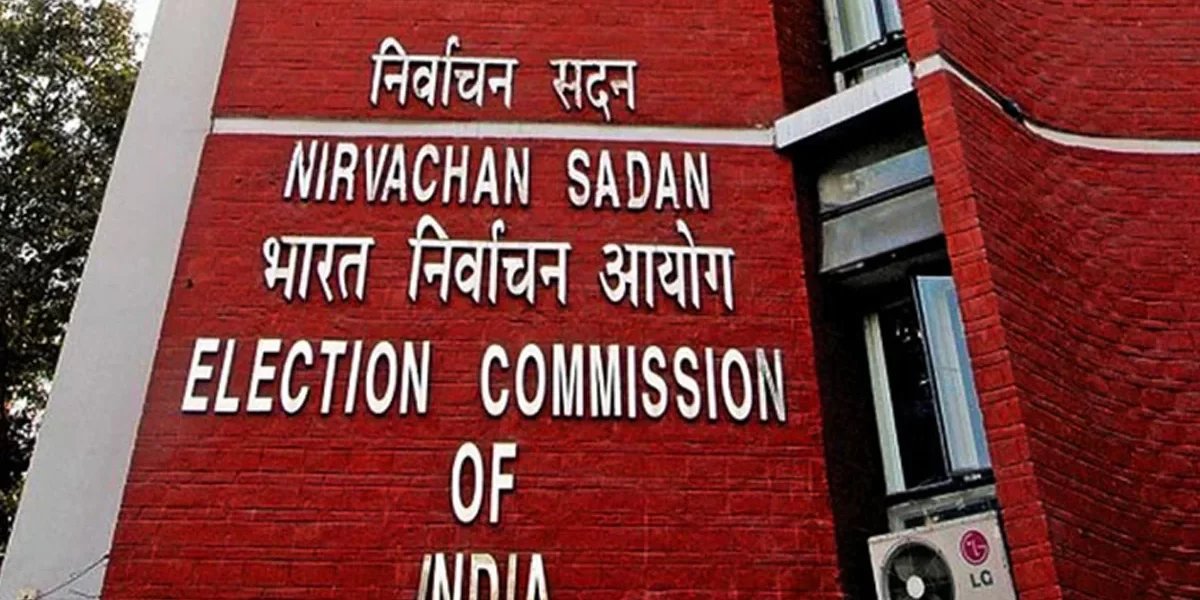After months of relentless monsoon flooding, Pakistan is now facing a severe public health emergency as outbreaks of cholera, dengue and malaria spread across the country. Millions displaced by the disaster are struggling to survive in makeshift camps where contaminated water, overcrowding and poor sanitation have created ideal conditions for disease to thrive.
According to official estimates, more than six million people have been affected by the floods, with around 2.5 million displaced in Punjab, Sindh and southern regions. Entire communities have been submerged, forcing families to flee their homes by boat and take refuge in overcrowded relief camps. In several flood-hit districts, stagnant water and blocked drainage have turned entire neighbourhoods into breeding grounds for mosquitoes and bacteria.
Health officials report that hospitals in the worst-affected areas are struggling to cope with the surge in patients. Doctors say cases of diarrhoea, malaria and dengue have doubled in recent weeks, overwhelming emergency wards. Many clinics lack medicines, clean water and diagnostic kits, forcing families to wait hours for treatment.
In parts of Multan, Kot Addu and Sukkur, floodwaters have yet to recede completely. Residents who have returned home say they are living amid mud, debris and pools of stagnant water. A number of displaced families report that their children have fallen ill with fever and dehydration, suspected to be linked to cholera and other waterborne infections.
The World Health Organization and other humanitarian agencies have warned of an alarming increase in vector-borne and gastrointestinal diseases. The lack of safe drinking water, latrines and sanitation facilities has left millions exposed to potential outbreaks. Health experts say the risk is particularly high for women, children and the elderly, who have weaker immunity and limited access to healthcare.
To contain the crisis, the government has deployed mobile medical teams and established temporary health camps in affected regions. In districts surrounding Multan, 28 mobile clinics and six stationary medical units have been set up to provide immediate treatment and vaccinations. Relief agencies are also distributing water purification tablets and hygiene kits, but the scale of the crisis remains immense.
Public health specialists describe the situation as a “disaster within a disaster”, warning that the spread of disease could prove deadlier than the floods themselves if left unchecked. They are urging authorities to prioritise the restoration of clean water systems, sanitation infrastructure and waste management in the coming weeks.
The government has appealed for international assistance to bolster its medical response and rehabilitation efforts. Experts say that beyond immediate medical relief, Pakistan must invest in long-term resilience measures such as improved drainage systems, early warning mechanisms and stronger public health infrastructure to withstand the increasing impact of climate-related disasters.
As the floodwaters slowly recede, Pakistan faces the daunting task of rebuilding lives and restoring health in communities that have lost almost everything. For many families, the fear of disease now overshadows even the destruction of their homes.



























